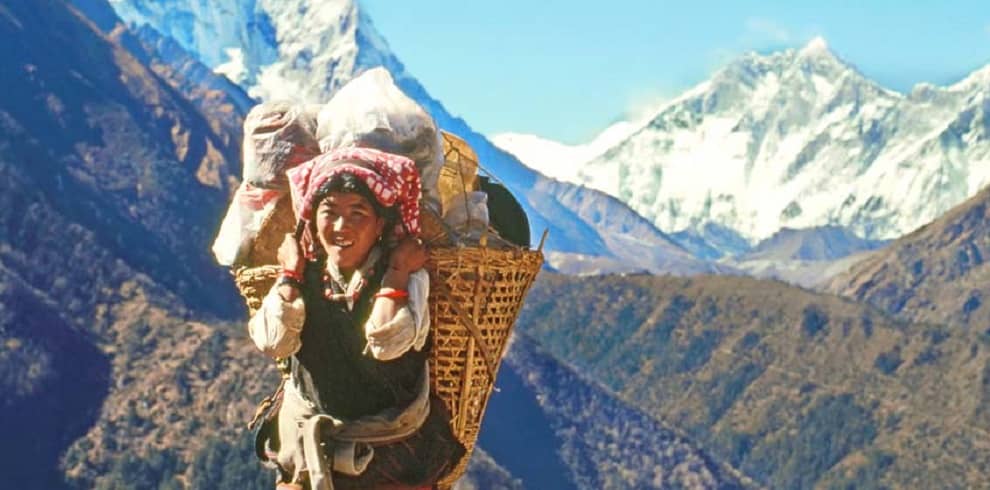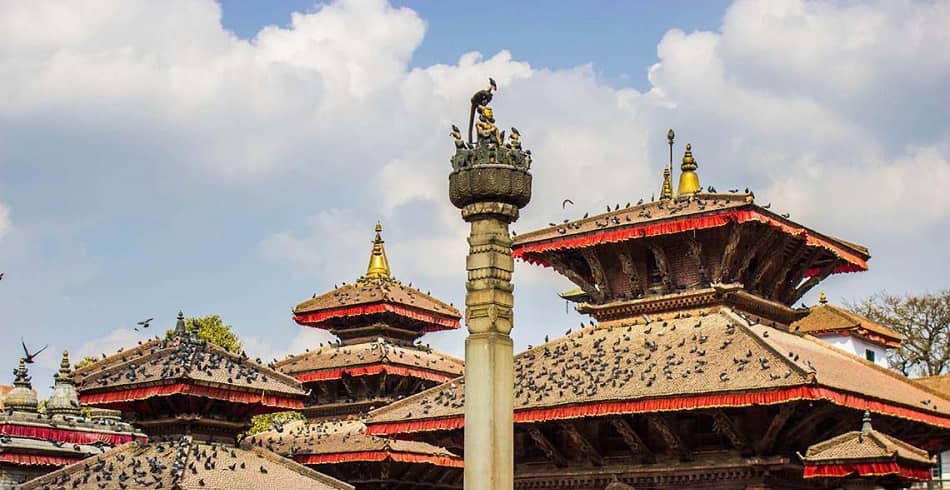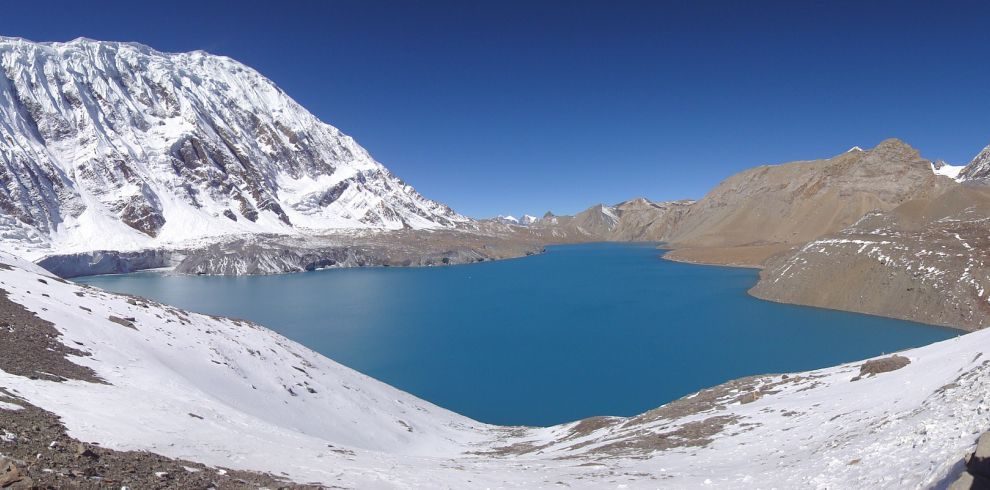Introduction to Sherpa culture In Nepal
Introduction to Sherpa culture in Nepal takes you across the beautiful mountain scenery of eastern Nepal on the Sherpa Culture journey, stopping at age-old monasteries and scenic local villages of Sherpa communities.
Introduction to Sherpa culture in Nepal trip will show you a side of the Sherpa people that few people have seen, together with breathtaking mountain peaks and delectable Nepali cuisine.
Enjoy the vista of the Himalayan foothills’ hidden river valleys and lonely settlements. Similarly, the journey takes you to the Sagarmatha National Park, which is the highest national park in the world, with views of Mt. Everest, Mt. Lhotse, Mt. Cho-Oyu, and many other Himalayan giants.
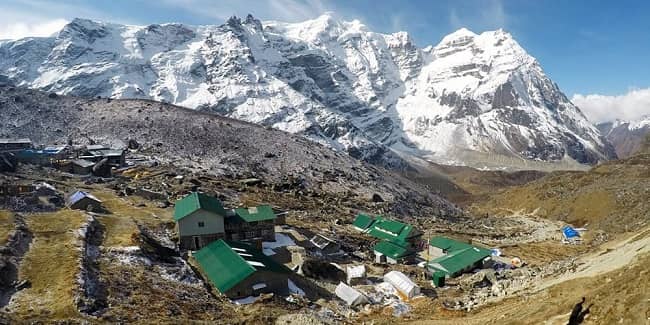
The Sagarmatha National Park was established in the mid-1970s and has been designated as a UNESCO World Heritage Site since 1979 in order to protect the park’s beautiful surroundings and lush green forest from destruction and degradation.
Highlights Of Introduction to Sherpa culture In Nepal
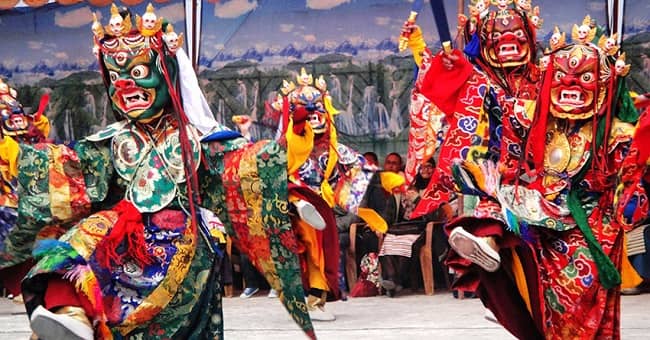
- Learn about the Sherpa’s remarkable culture, tradition, and way of life.
- Kathmandu Valley Sightseeing.
- A picturesque flight from Lukla to Kathmandu.
- Visit Namche Bazaar, a world-famous alpine town.
- Get breathtaking views of Himalayan giants such as Mt. Everest, Nuptse, Lhotse, and others.
- Tengboche Monastery is the oldest monastery in the Khumbu region.
You may also Visit Kathmandu Valley and Tea Garden Tour-Cost, Distance, Itinerary, In Nepal – 7 Days
Overview Of Introduction to Sherpa culture
- The Everest Trek with Sherpa Culture is created for cultural and spiritual travelers visiting the Everest region.
- Trekkers can also explore historic monasteries, gumbas, and the highland Sherpa people’s culture and traditions. This hike offers cultural insights into Sherpa Buddhism.
- The walk crosses rich alpine forests, wildlife, rushing glacial rivers, waterfalls, stone pathways, mountains, and Buddhist temples.
Itinerary
Includes/Excludes
Includes
- -Hotel and airport pick-ups and drops
- -3 nights at Kathmandu's 3-star hotel and teahouses on the hike
- -All meals during the hike and breakfast in Kathmandu
- -Dinners to greet guests and bid them farewell
- -Taxes on domestic flights and departure taxes at airports
- -Trek leader who speaks English and is well-trained and experienced.
- -Down jacket, four-season sleeping bag, duffel bag, t-shirt, and hiking map for Trekking (down jacket and sleeping bag are to be returned after trip completion)
- -All paperwork and permits are in order (National Park Permit, TIMS)
- -A well-rounded medical kit
- -All federal, state, and local taxes
Excludes
- -Fees for Nepalese visas
- -International flights to and from Kathmandu are available.
- -Charges for excess baggage
- -In Kathmandu and Pokhara, you can have lunch and dinner.
- -Extra nights in Kathmandu and Pokhara are available in the event of earlier arrival, departure, or return from the mountain (for any reason) than the specified itinerary.
- -Insurance for travel and rescue
- -Expenses for individuals (phone calls, laundry, bar bills, battery recharge, extra porters, bottle or boiled water, shower, etc.)
- -Guide(s), porter(s), and driver(s) Tips.
- -Additional services not listed in the Included section
The majority of Sherpas are Buddhists who follow the Nyingma, or Red Hat, sect of Tibetan Buddhism, however their beliefs are a blend of Buddhism and animism. Clans are important in Sherpa culture (ru). Patrilineage determines true Sherpa heritage, and all Sherpas are members of one of 18 clans and have a clan name.
Gyalpo Lhosar is a Sherpa new year festival celebrated in Nepal, Sikkim, and Darjeeling, India. Every year, from Falgun Shukla Pratipada, the second day of the waxing moon, till the full moon, the celebration is held. The Tibetan New Year, Gyalpo Lhosar, is also celebrated.
They solemnly traveled by the Himalayan high peaks as Nyingma Buddhists, believing them to be the residence of the gods. High-altitude farming, livestock breeding, and wool spinning and weaving provided a living for the Sherpas. Sherpa did not become active in climbing until the 1920s.
Sherpas are a Nepalese ethnic group with a population of roughly 150,000 people. They are known for their greater strength and endurance at high altitudes, as well as their climbing abilities. Tenzing Norgay, perhaps the most renowned Sherpa, was one of the first two men to summit Mount Everest in 1953, alongside Edmund Hillary.
